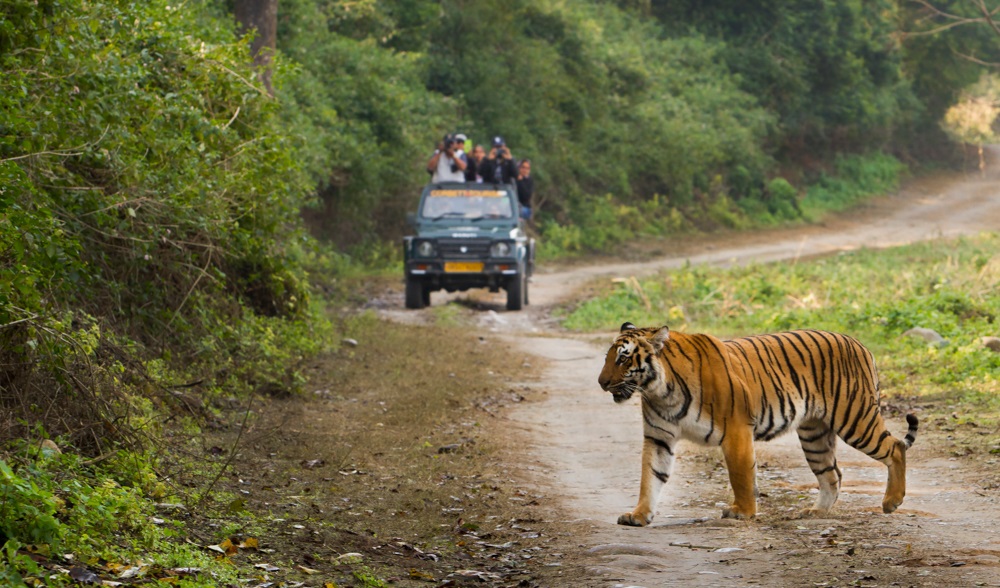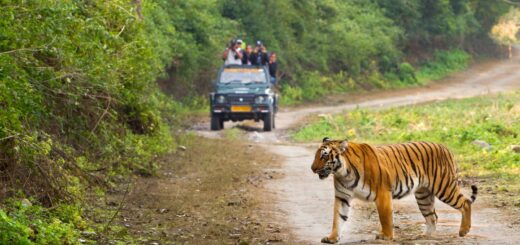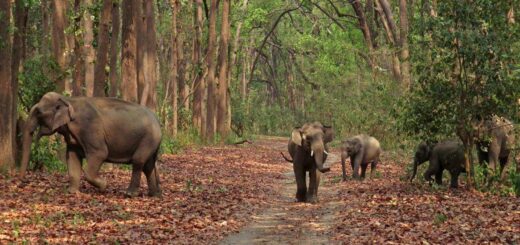From Kaziranga to Jim Corbett National Park, you can visit these famous national parks this summer
In the list of national parks of India, each of them has something unique that everyone would like to see. Summer season has arrived and you too can visit these places.
After the winter season, spring season has come and now the heat will gradually start showing its attitude. In such a situation, everyone plans to travel somewhere to get relief from the heat. Most of the people go to the hilly areas, but if you want, you can also go to some places in the plains where your tiredness will go away and traveling will also be fun. Yes, we are talking about the National Parks of India. This summer, you can go to the country’s famous Wild National Park or Indian National Park which will give you a different experience. Do you know which national park to visit?
Kaziranga National Park, Assam
Kaziranga National Park is a UNESCO World Heritage Site located in the north eastern state of Assam, India. It was established in 1905 to protect the endangered Indian one-horned rhinoceros and is one of the most significant wildlife conservation areas in the world. Spanning approximately 430 square kilometres, Kaziranga is primarily known for its population of the Indian rhinoceros which constitutes a significant portion of the world’s total population of this species. The park is also home to other iconic wildlife species, including the Bengal tiger, Asian elephant, wild water buffalo and swamp deer. Additionally, Kaziranga boasts a rich avian diversity with over 480 species of birds recorded within its boundaries. The landscape of Kaziranga is characterized by tall elephant grass, marshland and dense tropical forests, interspersed with numerous water bodies including rivers, streams and ponds. The park’s unique ecosystem supports a wide variety of flora and fauna making it a haven for nature lovers and wildlife enthusiasts.
Tourists visiting Kaziranga can explore the park through jeep safaris, elephant safaris, and even boat cruises along the Brahmaputra River, providing opportunities to observe the park’s wildlife up close in their natural habitat. You can visit here during summer season.
Jim Corbett National Park, Uttarakhand

Jim Corbett National Park is one of India’s oldest and most renowned national parks. Located in the state of Uttarakhand, it was established in 1936 as Hailey National Park to protect the endangered Bengal tiger. Later, it was renamed after the famous British hunter-turned-conservationist, Jim Corbett. Spanning over 520 square kilometres, the park is known for its rich biodiversity, including various species of flora and fauna. It’s particularly famous for its tiger population, as well as for housing several other rare and endangered species such as the Asian elephant, sloth bear, Indian python, and more. Apart from wildlife safaris, the park offers opportunities for bird watching, nature walks and eco-tourism activities. The landscape varies from dense forests to grasslands and riverine habitats, making it a haven for nature enthusiasts and wildlife photographers. Jim Corbett National Park attracts a large number of tourists from all over the world who come to witness its natural beauty and experience the thrill of encountering wildlife in their natural habitat.
Ranthambore National Park, Rajasthan
Ranthambore National Park is a renowned wildlife sanctuary located in the Sawai Madhopur district of Rajasthan, India. It is one of the largest national parks in northern India, covering an area of approximately 392 square kilometres. Established in 1980, Ranthambore National Park was initially a hunting ground for the Maharajas of Jaipur. Today, it is best known for its thriving population of Bengal tigers, making it one of the best places in India to spot these majestic creatures in the wild. Apart from tigers, the park is home to a diverse range of wildlife, including leopards, sloth bears, sambar deer, Indian gazelles, and a variety of bird species. The landscape of Ranthambore is characterized by rocky hills, dense forests and open grasslands with several ancient ruins scattered throughout the park, including the historic Ranthambore Fort, which adds to the area’s cultural and historical significance. Visitors to Ranthambore National Park can embark on safari experiences, including jeep safaris and canter safaris to explore the park and spot its wildlife. The park is divided into several zones each offering unique opportunities for wildlife sightings.


